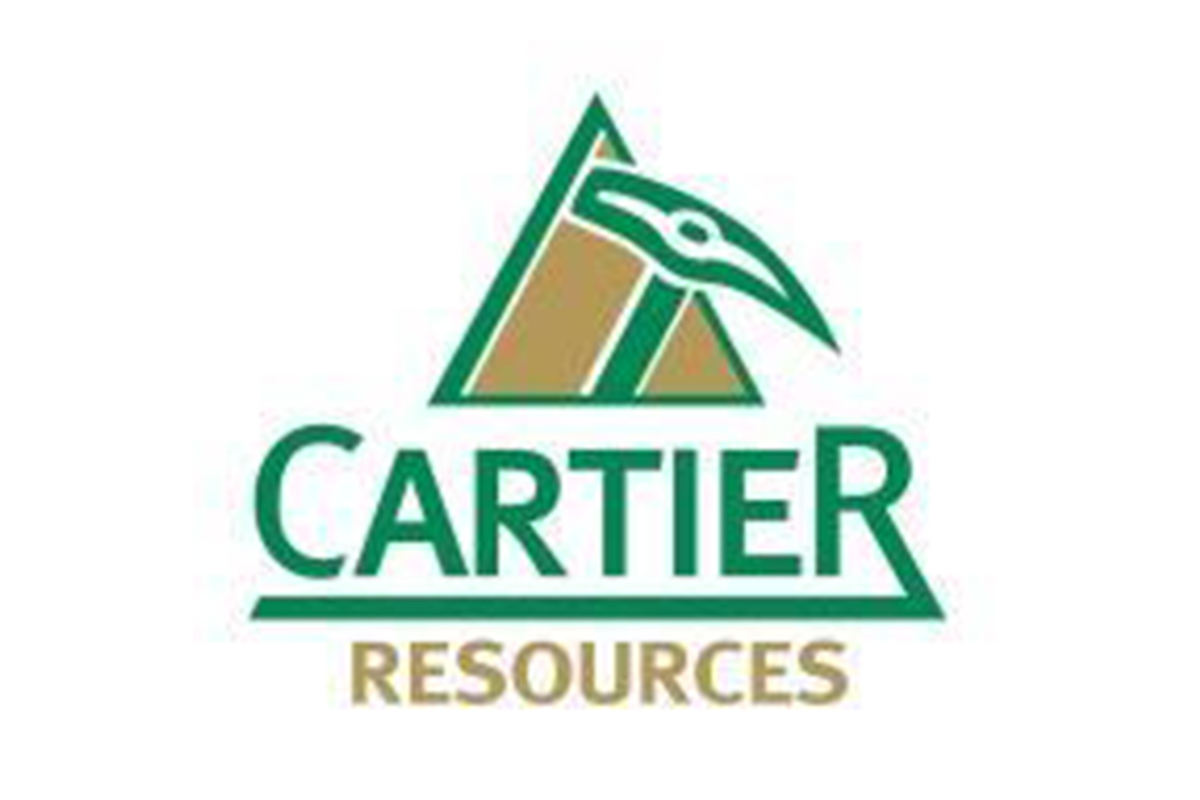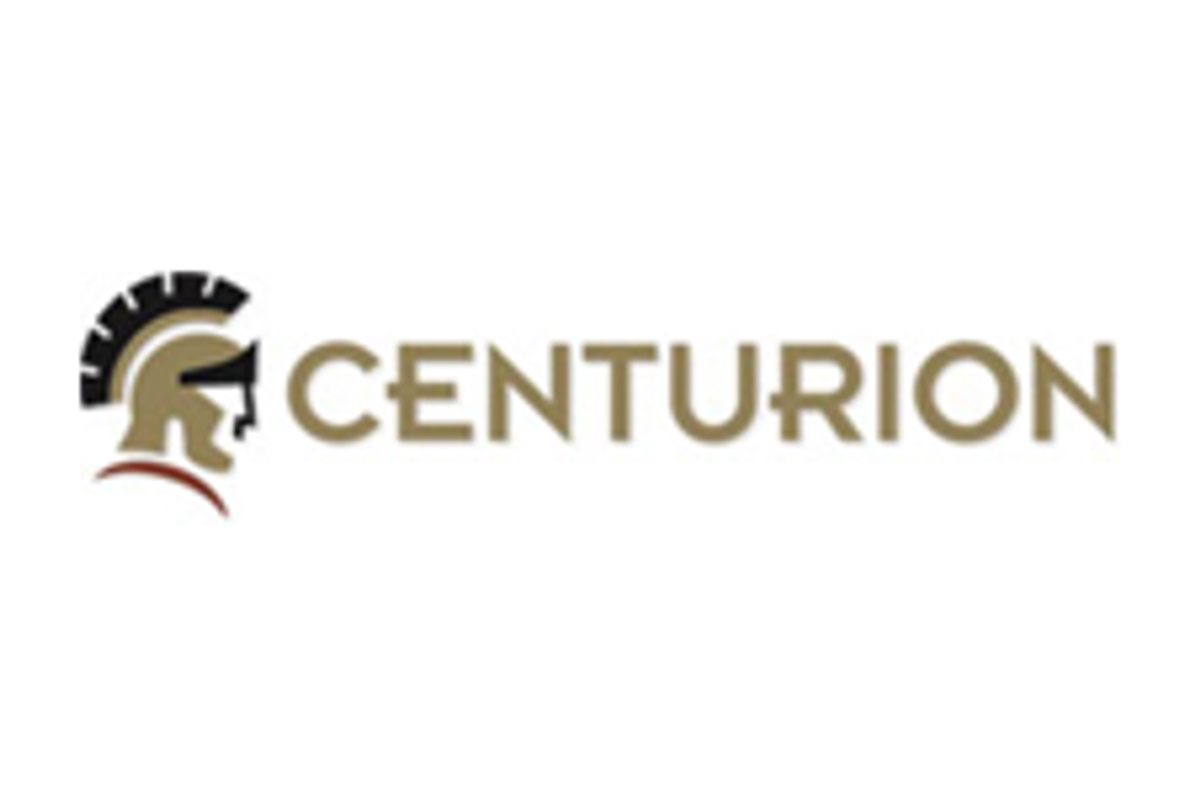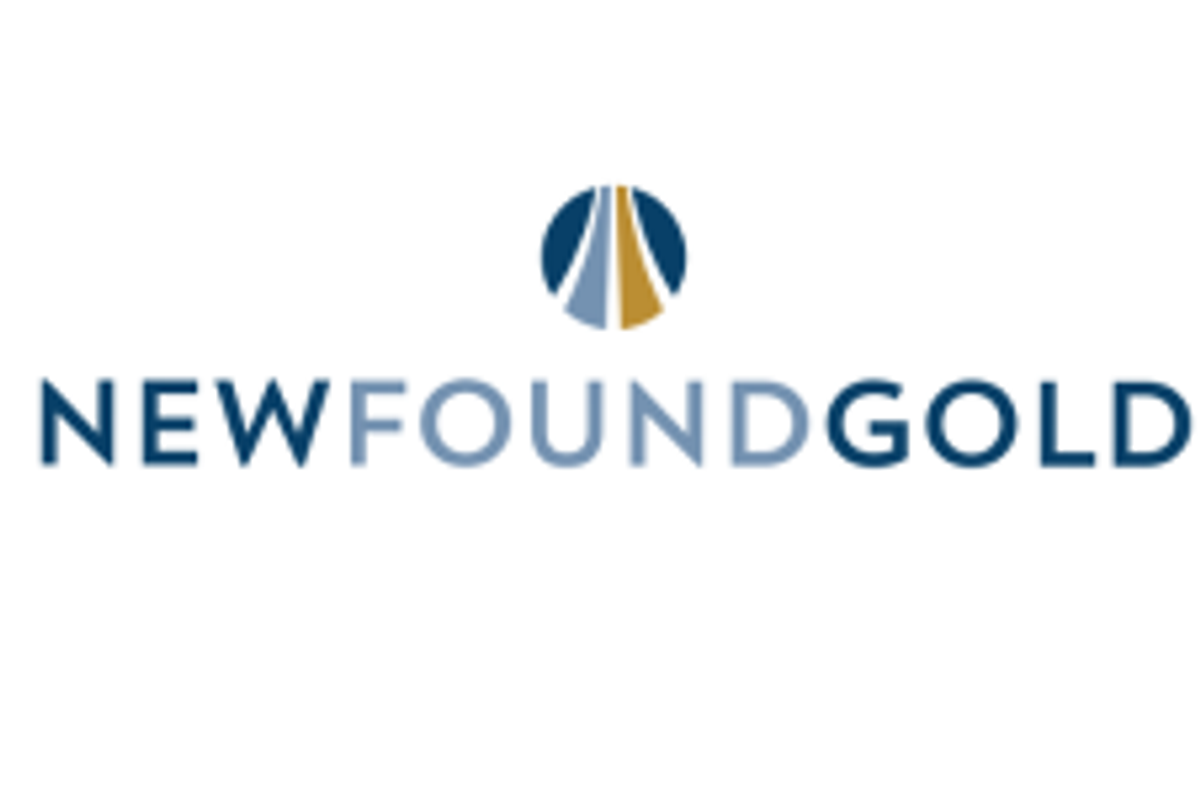
February 13, 2025
Cartier Resources Inc. (″Cartier″ or the ″Company″) (TSXV: ECR; FSE:6CA) is pleased to announce it intends to evaluate the economic potential of reprocessing Chimo Tailings (″Chimo Tailings Project″), located on the Cadillac Project.
The Chimo Tailings Project consist of waste materials from the past producing Chimo Mine, which operated intermittently from 1964 to 1997 and produced 379,012 ounces of gold (MERN DV 85-05 to DV 97-01).
Located near the Val-d’Or mining camp and existing gold mills with available capacity, the Chimo Tailings Project can potentially unlock value through tailings reprocessing, with low capital requirements and a favourable gold price environment.
Mr. Philippe Cloutier, President and CEO, stated: ″As announced earlier this month, as part of our ambitious plan to grow our resources, we believe that initiating this economic evaluation of reprocessing the tailings of the past producing Chimo Mine can be one of many exciting opportunities with significant upside potential for Cartier’s shareholders″.
In the next months, Cartier plans to conduct a tailings characterization program to determine the amount of gold that can extracted from the tailings site.
Simultaneously, Cartier advances with its plan to execute a multi-stage and 100,000-m drilling program, based on 3 key elements:
- Apply innovative AI (Artificial Intelligence) exploration tools for target generation.
- Review of the current mineral resource estimate and geological interpretation to develop a value-based targeting and development approach at the property scale.
- Traditional targeting with focus on 2024 high-grade gold discoveries as well as best untested historical showings.
Qualified Person
The scientific and technical content of this press release has been prepared, reviewed and approved by Mr. Ronan Déroff, P.Geo., M.Sc., Senior Geologist, Project Manager and Geomatician, who is a ″Qualified Person″ as defined by National Instrument 43-101 – Standards of Disclosure for Mineral Projects (″NI 43-101″).
About Cartier Resources Inc.
Cartier Resources Inc. was founded in 2006 and is an advanced gold project exploration company based in Val-d’Or (Quebec, Canada). In 2024, Quebec ranked 5th among the best mining jurisdictions in the world (Fraser Institute). Cartier owns 100% of its flagship Cadillac asset and controls a significant land package of 25,000 ha. The Cadillac project is located approximately 40 km east of Val-d’Or and close to existing gold mills with available capacity.
The results of the recent Preliminary Economic Assessment (PEA: NI 43-101 Technical Report and Preliminary Economic Assessment for Chimo Mine and West Nordeau Gold Deposits, Chimo Mine and East Cadillac Properties, Quebec, Canada, Marc R. Beauvais, P.Eng., of InnovExplo Inc., Mr. Florent Baril of Bumigeme and Mr. Eric Sellars, P.Eng. of Responsible Mining Solutions, May, 29, 2023) demonstrate the economic viability of the project with an average annual gold production of 116,900 oz over a 9.7-year mine life. The current Mineral Resource Estimate (MRE: NI 43-101 Mineral Resources Estimate for Chimo Mine and West Nordeau Gold Deposits, Québec, Canada, Vincent Nadeau-Benoit, P.Geo., Alain Carrier, P.Geo., M.Sc. and Marc R. Beauvais, P.Eng., InnovExplo Inc., August 22, 2022) totaling 720,000 ounces of gold in the Indicated category and 1,633,000 ounces of gold in the Inferred category.
| For further information, contact: Philippe Cloutier, P. Geo. President and CEO Telephone: 819-856-0512 philippe.cloutier@ressourcescartier.com www.ressourcescartier.com |
Neither the TSX Venture Exchange nor its regulatory services provider accepts responsibility for the adequacy or accuracy of this press release.
ECR:CA

Sign up to get your FREE
Cartier Resources Investor Kit
and hear about exciting investment opportunities.
- Corporate info
- Insights
- Growth strategies
- Upcoming projects
GET YOUR FREE INVESTOR KIT
The Conversation (0)
26 October
Cartier Resources
Advancing Cadillac Project: An emerging gold camp east of Val-d’Or in the prolific Abitibi Greenstone Belt
Advancing Cadillac Project: An emerging gold camp east of Val-d’Or in the prolific Abitibi Greenstone Belt Keep Reading...
15h
Centurion Minerals: Abitibi's Gold Gem
Centurion Minerals (TSXV:CTN) is a Canadian gold exploration company focused on the world-class Abitibi greenstone belt. The company offers investors an early-stage entry point into a strategically located gold exploration company positioned within one of North America’s most prolific and active... Keep Reading...
18h
What Was the Highest Price for Gold?
Gold has long been considered a store of wealth, and the price of gold often makes its biggest gains during turbulent times as investors look for cover in this safe-haven asset.The 21st century has so far been heavily marked by episodes of economic and sociopolitical upheaval. Uncertainty has... Keep Reading...
Latest News

Sign up to get your FREE
Cartier Resources Investor Kit
and hear about exciting investment opportunities.
- Corporate info
- Insights
- Growth strategies
- Upcoming projects
GET YOUR FREE INVESTOR KIT
Interactive Chart
Latest Press Releases
Related News
TOP STOCKS
American Battery4.030.24
Aion Therapeutic0.10-0.01
Cybin Corp2.140.00




